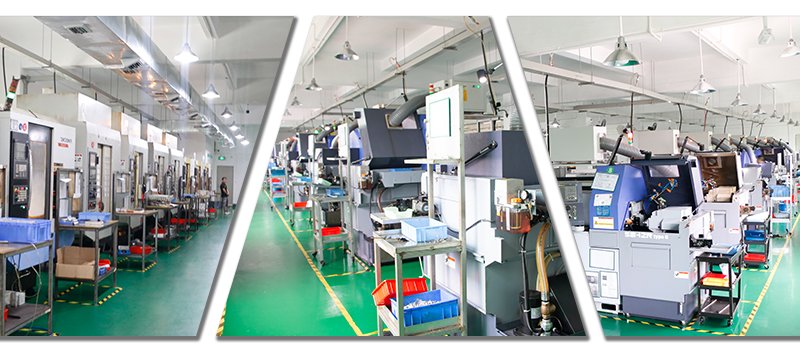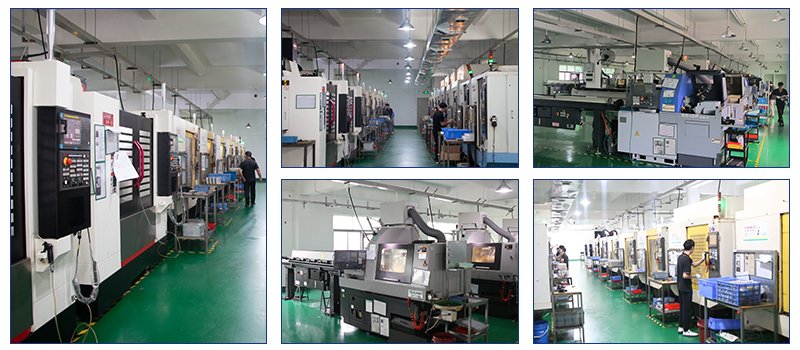If you’ve ever wondered about the marvels of modern materials, titanium alloy should be at the top of your list. As someone deeply involved in CNC machining for years, I’ve witnessed firsthand the transformative power of this metal. Let me walk you through what titanium alloy is, how it stands out, and why it’s such a game-changer across industries.
Understanding Titanium Alloy
Titanium alloy is a metal composite primarily made of titanium, combined with other elements like aluminum, vanadium, or iron to enhance its properties. The result? A lightweight yet incredibly strong material that’s resistant to corrosion, can withstand extreme temperatures, and offers impressive durability. It’s no wonder industries from aerospace to medical implants rely on it.
You might be asking: What makes titanium alloy so special compared to other metals? Its unique blend of lightness and strength makes it indispensable where both factors are critical.
Key Properties of Titanium Alloy
Here’s what sets titanium alloy apart:
- High Strength-to-Weight Ratio: Despite being 45% lighter than steel, titanium alloy boasts comparable strength. This makes it ideal for applications where weight reduction is essential.
- Corrosion Resistance: Titanium naturally forms an oxide layer, protecting it from rust and degradation, even in harsh environments.
- Biocompatibility: Its non-toxic nature and compatibility with the human body make it a top choice for medical implants like joint replacements.
- Temperature Resistance: Whether it’s sub-zero conditions or high-heat environments, titanium alloy remains stable.
Example in Action
Think of aerospace engineering. Aircraft components made from titanium alloy are not only lightweight, reducing fuel consumption, but also strong enough to handle the immense stress of high-speed flight.
Titanium Alloy vs. Titanium Steel
One of the most frequent questions I’m asked is: What’s the difference between titanium alloy and titanium steel? While both are strong metals, they serve different purposes. Let me break it down:
| Feature | Titanium Alloy | Titanium Steel |
|---|---|---|
| Weight | Much lighter | Heavier |
| Strength | Excellent strength-to-weight ratio | Slightly less strength per weight |
| Corrosion Resistance | Superior | Good but not as effective |
| Cost | Higher | More affordable |
Titanium alloy’s advantages make it a premium choice, especially for industries where performance outweighs cost.
How to Identify Titanium Alloy
Ever needed to identify whether a component is truly titanium alloy? Here’s how you can tell:
- Weight Test: Titanium alloy feels noticeably lighter compared to steel or other dense metals.
- Color: It typically has a subtle silver-grey tone with a slight sheen.
- Sparks Test: When ground, it emits shorter, brighter sparks than steel.
- Non-Magnetic: Unlike many metals, titanium alloys are not magnetic.
- Hardness Test: With a hardness often above HRC 35, it resists scratches better than aluminum.
Next time you’re inspecting materials, these tips will come in handy.
Applications of Titanium Alloy
The versatility of titanium alloy extends across multiple sectors:
- Aerospace: Aircraft frames, engine components, and landing gear.
- Medical: Dental implants, joint replacements, and surgical instruments.
- Automotive: High-performance vehicle components.
- Industrial: Chemical processing equipment and marine parts.
Each of these industries relies on CNC machining to achieve precise and intricate designs using titanium alloy.
CNC Machining with Titanium Alloy
As a CNC machining expert, I’ve handled a fair share of titanium alloy projects. Working with this material requires skill and precision due to its toughness and tendency to retain heat. Here are some best practices:
- Cutting Tools: Use carbide tools or diamond-coated options for optimal performance.
- Cooling: Titanium alloy generates significant heat during machining. Adequate cooling is essential to prevent damage.
- Speed and Feed Rates: Slower speeds and lower feed rates help avoid tool wear.
- Workholding: Ensure the material is securely held to maintain accuracy.
These techniques can significantly enhance efficiency and minimize waste during CNC machining.
Challenges of Using Titanium Alloy
While titanium alloy is impressive, it’s not without challenges. Many CNC machining clients come to us at YL-Machining with concerns such as:
- Cost: Titanium alloy is expensive compared to alternatives like stainless steel.
- Machinability: Its hardness makes it tougher to machine, requiring specialized tools and expertise.
- Lead Time: Working with titanium alloy can extend production times if not planned properly.
We address these issues by optimizing our processes and investing in state-of-the-art equipment.
Titanium Alloy vs. Stainless Steel
Another common comparison is titanium alloy vs. stainless steel. While stainless steel is a reliable material, titanium alloy takes the lead in high-performance scenarios. Here’s why:
| Aspect | Titanium Alloy | Stainless Steel |
| Weight | Much lighter | Heavier |
| Strength | Superior strength-to-weight ratio | Strong but heavier |
| Corrosion Resistance | Exceptional | Good |
| Cost | More expensive | Cost-effective |
If weight and corrosion resistance are critical, titanium alloy is the way to go.
Final Thoughts
Titanium alloy’s combination of strength, lightness, and durability makes it an unrivaled choice in many industries. Whether you’re developing aerospace components, medical devices, or industrial machinery, it’s worth considering this material despite its challenges.
At YL-Machining, we’ve spent years mastering CNC machining with titanium alloy to ensure our clients receive top-tier results. If you’re grappling with issues like delayed lead times or subpar quality, reach out to us. Together, we’ll craft solutions that work for you.
So, what do you think? Could titanium alloy be the material your next project needs? Let us help you unlock its full potential!






